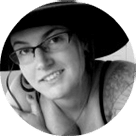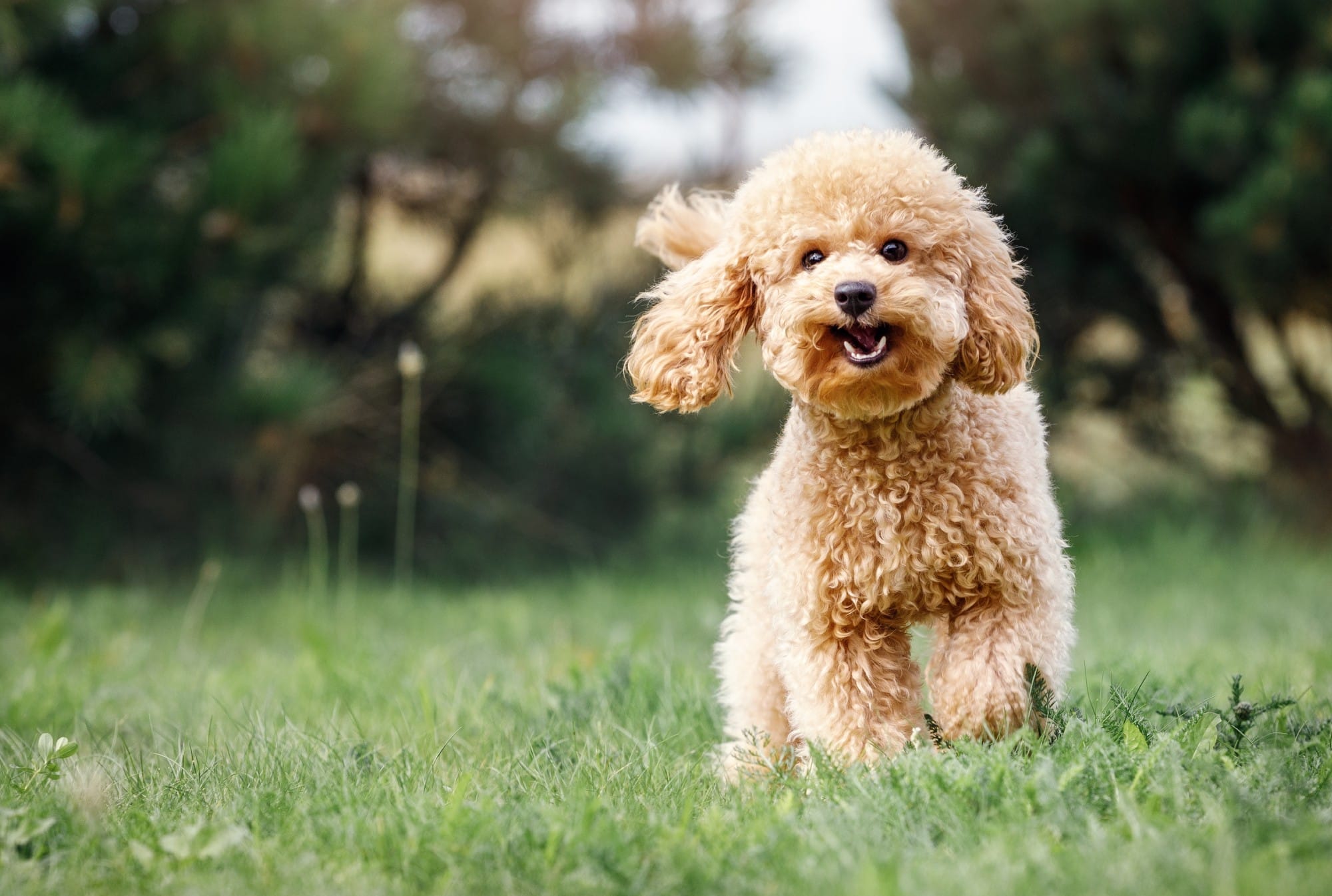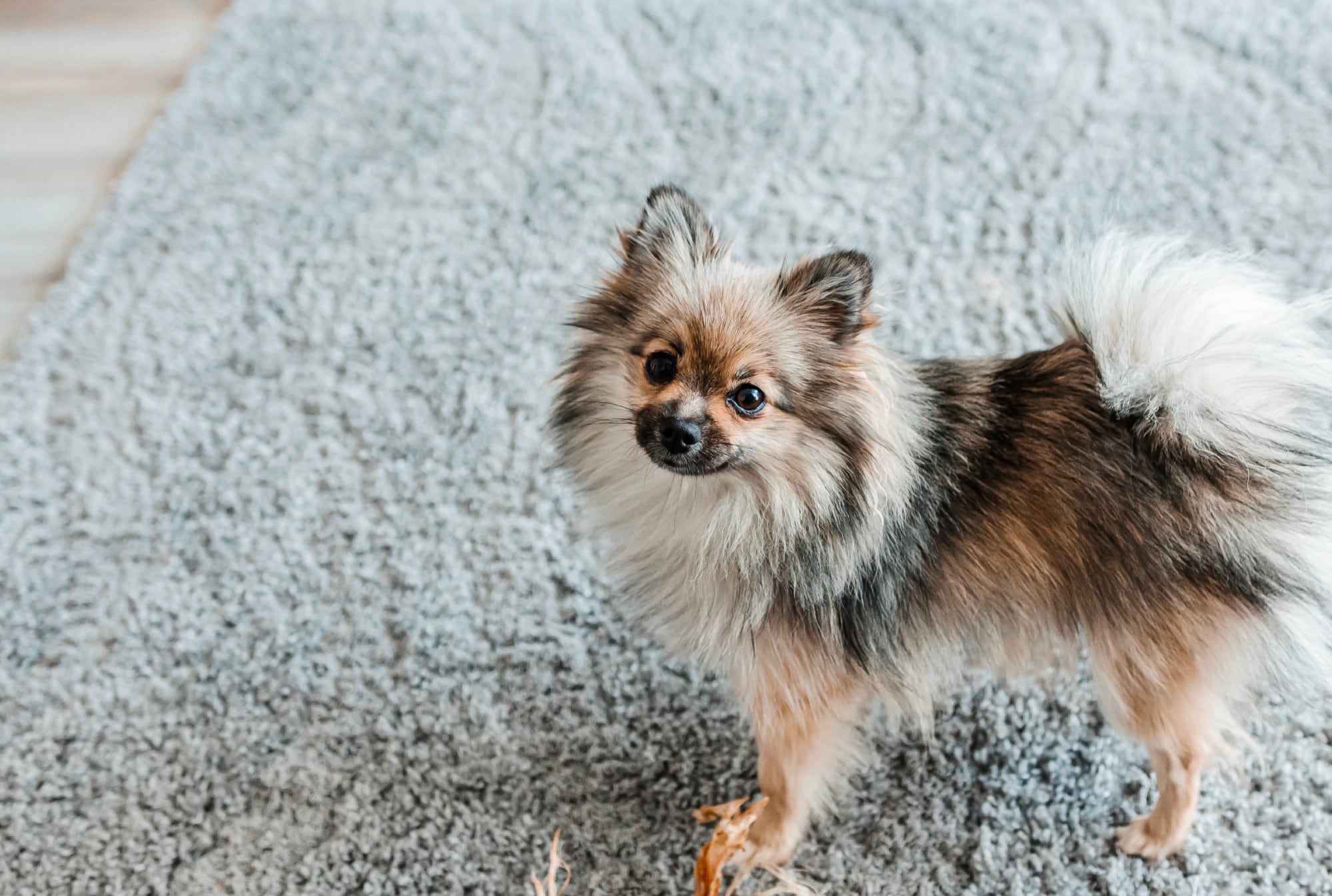When a dog is left alone in the house, the anguished cries can be heartbreaking. The guilt we feel is real. The only thing worse is when your dog is so distraught that it chews up the furniture and eats the curtains. Known as effects of separation anxiety, this destructive behavior is fairly common in dogs.
Most dogs are uneasy when they know we’re leaving, and happy to see us return. But separation anxiety can include a range of behaviors. In mild cases, this could include pacing, whining, and chewing. It can become worse, including bowel control issues, panting and anorexia. In severe cases it can include self-mutilation, vomiting and destruction.
We know that there is a higher percentage of dogs that experience separation with various precipitating events such as re-homing, moving to a new location and illness during puppy stages, to name a few. But not every dog that has had these sorts of experiences ends up with separation anxiety.
Separation anxiety is an emotional disorder for dogs, but very hard on owners as well, who are often plagued with guilt for somehow having caused the problem, or not doing enough to fix the situation. But it can be treated.
Related: Are Two Dogs Better Than One?
Here are some tips from Malena DeMartini, a Certified Separation Anxiety Trainer, for helping your pooch through these tough times. She serves clients all over the world with remote online tools, including specifically tailored training sessions. She has also written a book about the topic Treating Separation Anxiety in Dogs.
Be patient.
Dogs with separation anxiety are not unlike people with depression – it can be triggered by a number of things, but they’re not being destructive to get back at you. Rather, they are terrified. They are trying to escape and don’t know what to do – which often results in acting out.
“Don’t yell or hit your dog for anything that they have done because of their anxiety – this will certainly worsen the problem,” says DeMartini.
You have to understand that separation anxiety isn’t a cry for attention; it’s a psychological condition. Mistakes, like pooping in the house or destroying objects, are likely to happen. You can get through it. Remind yourself that your dog is worth the trouble.
Wear your dog out before you leave, both mentally and physically.
Taking your dog on walk, run or to the dog park can wear him out before you have to leave. Also, engaging in interactive puzzles, can make him mentally exhausted. The hope is he will be in a more relaxes state when it is time to go.
Turn off the normal leaving cues.
If your dog starts to panic the moment you put on your jacket, or grab your keys, work on desensitizing her of these actions. For instance, put on your jacket and shoes and just hang out in your home – go on your computer, cook or watch TV. This will help your dog relax more when the typical leaving cues occur. That said, you need to do this a lot – several times a week.
Start by increasing the time your dog is left alone S-L-O-W-L-Y.
You want to make the dog comfortable when you aren’t home, but the initial time left alone should be very short, sometimes starting with only a second or two. And it could simply be you putting on your shoes, coat, grabbing your keys and going to your bathroom. Have your dog stay during this time.
You can gradually extend that time – like going to the mailbox and back. When you leave, don’t make a build deal out of it (no long goodbyes) and reassure your dog, you’ll come back by coming back. Also, provide something positive, so your dog associates the separation with something good.
“As more duration is achieved, the process starts to accelerate,” explains DeMartini. “It is the slow beginning that often frustrates people and causes them to give up, even though the training is genuinely starting to work.”
Get help from friends and professionals.
This process is long and will take time to work up to your dog being home for a full day without destroying your house or barking non-stop. What you want to avoid is having your dog get in full anxious state, meaning you may need some outside assistance. If your dog feels comfortable with you being gone for an hour but stresses for longer intervals, have someone stop by and say hi. This could be a family, friend, neighbor or dog sitter. As the length of time increases, the visits will become less frequent. Or if your dog is okay with you being away for three hours but not the full day, see if there is an opportunity to bring her to work.
Avoid making things worse.
Many people turn to citronella or shock collars to stop unwanted behaviors like barking and destroying items in the home. This can stop vocalizing, but the fall-out can be huge. While some dogs feel crates as comforting, for others, it can create more anxiety. And when you go for the crate or the collar, the dog will begin to tense up before you even leave.
When starting out, like mentioned above, this time can be small. You may need to, in the beginning, break up the breaks with friends, family or dog sitters coming to visit. The last thing you want to do is have your dog experience the full-fledged experience of what he deems being separated.
There is no quick fix, period,” cautions DeMartini. “You need be aware of how long the dog can handle being alone and never leave them alone longer than that.”
Keep them in a restricted area.
If your dog isn’t one for a crate, try using a baby gate, or an exercise pen, to avoid any destructive behavior. Don’t get the type of gate that you have to step over; make sure it has a door for the dog in the gate that can be opened or closed. When you first put up the gate, leave the gate door open for several days. Keep toys for the dog on the “inside” of the confinement area. You want your dog to go into that area willingly, not see it as a punishment or a “trap.” The big key to success with training is positive reinforcement – make it a fun place. It’s also good practice for the hard work ahead.
Provide toys and treats that the dog loves and that keep him busy.
The first step is to find treat that your dog actually likes, like really likes. The next step is to get something that will keep them busy and engaged, without becoming frustrated. This can include such interactive toys or puzzles like a Kong, Squirrel Dude, Bobs-A-Lot, and the Kong Wobbler, among many others. Make sure to interact with your dog to see if they can figure out how to get the reward without getting frustrated, as that can make the separation anxiety worse. They should be challenged and want to earn the reward. Some treats (like a small amount of peanut butter) can be frozen in the toy to make it last longer, too. The point being is you want you leaving to be associated with a positive experience.
Related: Get Your Dog’s Mind Working With Our ‘Stinky Dog Treat’ Scavenger Hunt Game
Medication.
Medication can be helpful in conjunction with a training regimen in some cases. Two approved drugs for the treatment of separation anxiety are Clomicalm and Reconcile. They aren’t sedatives and reportedly aren’t habit forming. These medications can be decreased down over time, and therefore won’t necessarily be something your dog has to take forever. Some vets will recommend mild sedatives, but keep in mind, some drugs can do more harm than good.

SHOP NOW
You can also consider over the counter supplements to help your dog relax and feel less stressed. Consider ones with natural ingredients that are formulated by a vet and can last for at least a few hours.
Don’t blame yourself.
“The biggest myth about S.A. is that the guardian loved their dog too much or cuddled with them too often. Sleeping in the bed with you is perfectly fine, and playing with them regularly is important!” says DeMartini. While triggering events can include things like moving, re-homing an animal, or illness during puppyhood, studies suggest a genetic pre-disposition in dogs with separation anxiety. “So many clients that I speak to have guilt about their dog’s separation anxiety in that they think they somehow caused this,” DeMartini says. “Let go of that guilt – you did not cause the problem!”
Ask for help
People have lives, and not being able to leave your dog alone for more than 10 seconds is not practical for a lot of owners. Even DeMartini discovered that it’s a lot to handle on your own: “I’d been in the field of SA for about 7 or 8 years when I adopted my own dog with separation anxiety,” she says. “I was unable to follow a separation anxiety protocol on my own. This helped me with clients tremendously because I felt and experienced all the emotions that they do.”
Get help from a trainer to provide you a step-by-step plan for your dog, check out videos online and read up on training tips. While it may be frustrating, your dog isn’t doing this to be spiteful. Keep that in mind and stay determined.
Related: Ultimate Guide: 24 Things You Need to Know When Introducing a New Dog to Your Kids




















